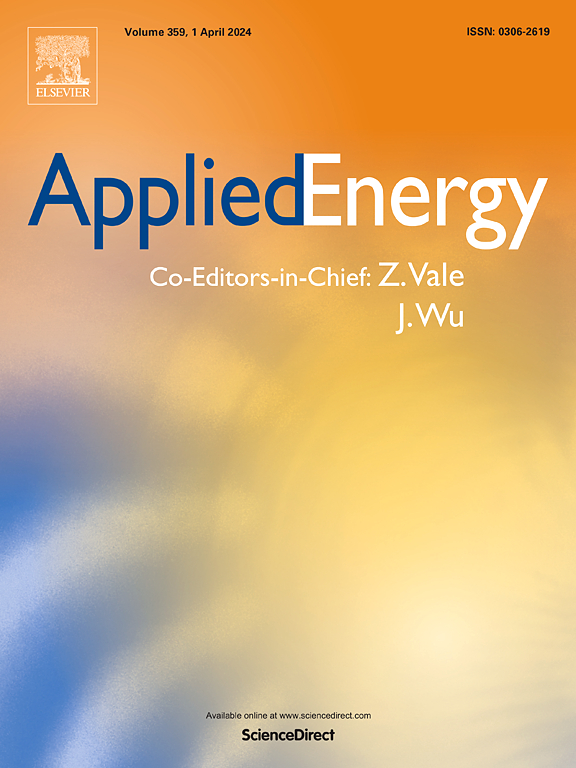Input factor substitution under climate-neutral pathways
IF 11
1区 工程技术
Q1 ENERGY & FUELS
引用次数: 0
Abstract
Achieving climate neutrality will require clean alternatives to entirely replace fossil energy carriers and technologies in most economic sectors. However, standard computable general equilibrium (CGE) frameworks, which are widely used to analyse climate policies and rely on nested constant elasticity of substitution (CES) functions, are not well suited for simulating the full substitution of incumbent factor inputs implicit in deep decarbonisation scenarios. This study presents an alternative modelling procedure, based on the logistic distribution, to overcome the “stickiness” of technological diffusion under CES functional forms. Deep decarbonisation scenarios are simulated with a large-scale recursive-dynamic international CGE model to illustrate the advantages of the suggested approach. By decomposing the overall effects of changing functional forms into distinct components, we highlight the way in which key modelling assumptions affect various macroeconomic and climate policy variables.
气候中和路径下的投入要素替代
实现气候中和需要在大多数经济部门完全取代化石能源载体和技术的清洁替代品。然而,标准可计算一般均衡(CGE)框架被广泛用于分析气候政策,并依赖于嵌套的恒定替代弹性(CES)函数,不太适合模拟深度脱碳情景中隐含的现有要素投入的完全替代。本研究提出了一种基于logistic分布的替代建模程序,以克服CES函数形式下技术扩散的“粘性”。采用大规模递归动态国际CGE模型模拟深度脱碳情景,以说明所建议方法的优势。通过将改变功能形式的整体影响分解为不同的组成部分,我们强调了关键建模假设影响各种宏观经济和气候政策变量的方式。
本文章由计算机程序翻译,如有差异,请以英文原文为准。
求助全文
约1分钟内获得全文
求助全文
来源期刊

Applied Energy
工程技术-工程:化工
CiteScore
21.20
自引率
10.70%
发文量
1830
审稿时长
41 days
期刊介绍:
Applied Energy serves as a platform for sharing innovations, research, development, and demonstrations in energy conversion, conservation, and sustainable energy systems. The journal covers topics such as optimal energy resource use, environmental pollutant mitigation, and energy process analysis. It welcomes original papers, review articles, technical notes, and letters to the editor. Authors are encouraged to submit manuscripts that bridge the gap between research, development, and implementation. The journal addresses a wide spectrum of topics, including fossil and renewable energy technologies, energy economics, and environmental impacts. Applied Energy also explores modeling and forecasting, conservation strategies, and the social and economic implications of energy policies, including climate change mitigation. It is complemented by the open-access journal Advances in Applied Energy.
 求助内容:
求助内容: 应助结果提醒方式:
应助结果提醒方式:


